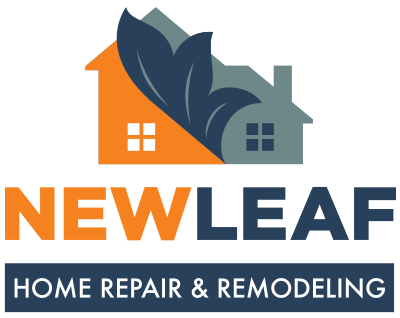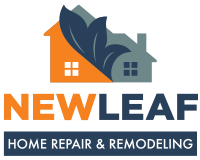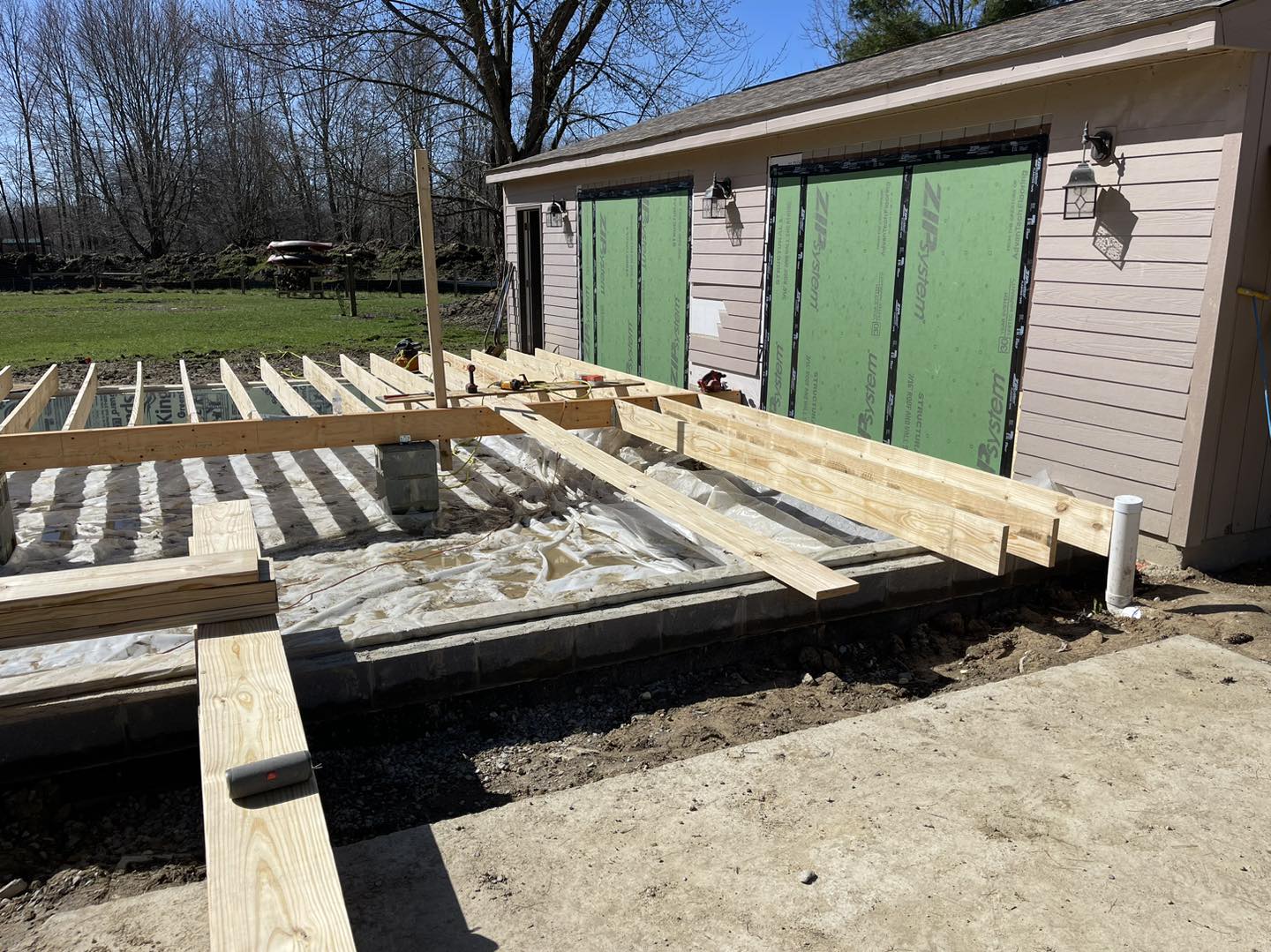Guide to Additions
An addition can be the perfect solution if you’re looking for more space without the hassle of moving. However, additions can be costly, so it’s essential to know what to expect before embarking on this home improvement journey. Here’s a comprehensive guide to help you navigate the process.
Things to Consider
1. Style and Design
Do you want the addition to seamlessly blend with your existing home, or are you looking for a unique atmosphere? Most homeowners prefer a cohesive look, which may restrict your design options compared to a full remodel or move. Ensuring that the addition matches the stylistic choices of the rest of the house will help maintain a natural flow.
2. Impact on Utility Bills
Adding square footage means increased utility costs. Can you afford the potential rise in electrical, heating, and cooling expenses? You may also need to upgrade equipment, which could be designed for a smaller home.
3. Living Arrangements During Construction
Decide whether to stay in your home during construction or temporarily move out. This decision depends on factors like the availability of alternative accommodations and your budget.
4. Protecting Existing Home Elements
An addition creates a working construction site, so consider how to protect your existing home from dust, dirt, and debris. Options include using tarps or renting a storage unit for valuables.
5. Budget Planning
A realistic budget is crucial for any home improvement project. Be clear about what you can afford and the expected costs of labor and materials. New Leaf Home Repair and Remodeling can help you develop a comprehensive budget.
6. Cost-Effectiveness
Evaluate whether the addition will provide a good return on investment by comparing your home to similar properties in the neighborhood. Additions typically increase resale value, but it’s essential to ensure the costs don’t outweigh the benefits.
Addition Types
1. Kitchen
As a high-traffic area, expanding or upgrading your kitchen can significantly enhance your home’s functionality and value.
Average cost: $150 per square foot
2. Mudroom
A mudroom provides a convenient space for shoes, coats, and other items, serving as an informal entryway with storage and possibly a utility sink.
Average cost: $90-$200 per square foot
3. Sunroom
A sunroom offers a luxurious space filled with natural light, perfect for relaxation. Choose between a three-season room or a four-season room, depending on your needs.
Average cost: $75-$250 per square foot for a three-season room; $200-$450 per square foot for a four-season room
4. Bathroom
Adding an extra bathroom can significantly boost your home’s value. Decide between a half bath or a full bath, considering plumbing requirements.
Average cost: $400-$600 per square foot
5. Bedroom or Home Office
Whether you need more bedrooms or a dedicated home office, these additions can be valuable but may require HOA approval.
Average cost: $100-$150 per square foot
6. Bump Out
A bump-out is a smaller, more affordable addition, typically ranging from 2-15 feet. It’s perfect for expanding dining areas or creating a small playroom.
Average cost: $185-$210 per square foot
7. Garage Conversion
Converting a garage into a livable space is a cost-effective way to increase square footage. Just plan where to store current garage items.
Average cost: $40 per square foot
Conclusion
Adding an addition to your home can be an excellent way to increase space and enhance functionality. However, careful planning and consideration of the costs and benefits are crucial. At New Leaf Home Repair and Remodeling, we’re here to help you through every step of the process. Contact us today for a consultation, and let’s discuss how we can make your home addition a reality.


